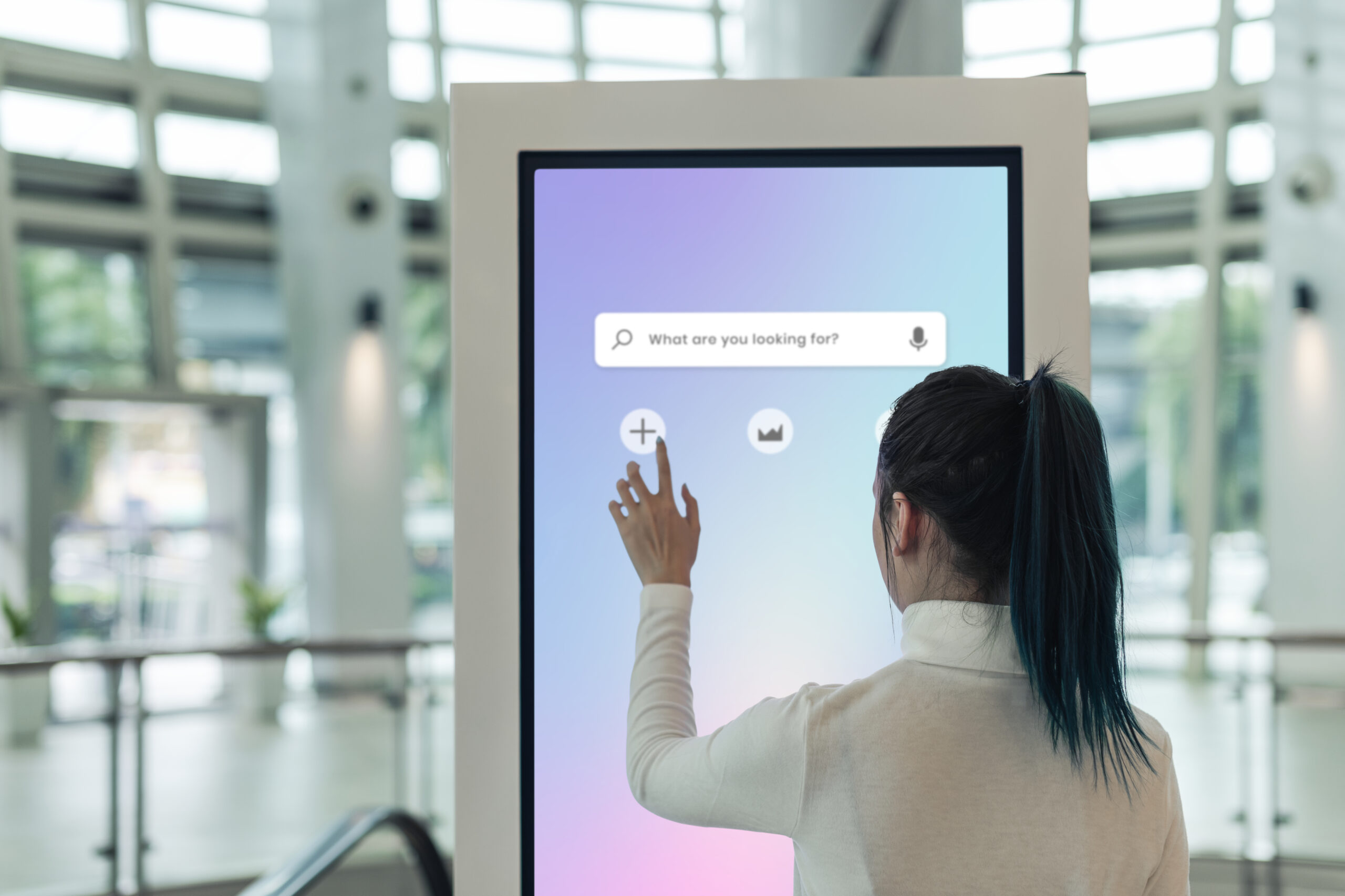
Digital Transformation – The Role of Kiosk Deployment
In today’s era of digital transformation, businesses are increasingly faced with customers who demand fast, efficient service. Short attention spans and growing impatience have shifted customer expectations, and organizations must adapt to the reality of heightened competition. Coupled with challenges in finding the right resources to serve these customers and the unpredictable nature of “on-demand” services, businesses are turning to kiosk deployment as an innovative solution to meet these demands. Kiosks offer a cost-effective, long-term alternative with superior service intervals, despite the initial high upfront investment.
Defining a Kiosk
According to Wikipedia, “A kiosk is a computer terminal featuring specialized hardware and software that provides access to information and applications for communication, commerce, entertainment, or education.” When companies need to reduce public service counters due to a shortage of staff, deploying kiosks becomes a smart option. However, careful planning is required before moving forward.
Types of Kiosks
There are two main types of kiosks used today: interactive and non-interactive.
- Interactive Kiosks: These kiosks usually have touch screens, allowing users to actively engage with services or information. Common examples include:
- Self-service kiosks
- Internet kiosks
- Navigation kiosks
- Employment or job application kiosks
- Healthcare kiosks
- Building access kiosks
- Photo booth kiosks
- Payment and checkout kiosks
- Food ordering kiosks
- Reception, check-in, and check-out kiosks
- Car rental kiosks
- Immigration passport kiosks
- Customer service kiosks
To upgrade or future-proof interactive kiosks, businesses can add features such as:
- Cameras for facial recognition or photo capture
- Fingerprint scanners
- Physical keyboards or trackpads
- Card readers (for loyalty, ID, credit, or debit cards)
- Card dispensers (for access cards, new loyalty cards, or credit cards)
- Scanners (for passports, ID cards, loyalty cards, etc.)
- Printers (for instructions, QR codes, vouchers, etc.)
- Microphones and speakers for voice interaction
- 5G, Wi-Fi, Bluetooth, and internet connectivity options
- Non-Interactive Kiosks: These kiosks display information or promotions without user input. Common examples include:
- Information kiosks
- Digital signs
- Product kiosks
- Promotional kiosks
Selecting the Right Kiosk for Your Business
Choosing the appropriate kiosk depends on the organization’s needs and the features required to serve its customers effectively. In addition to interactive or non-interactive functionality, several factors should be considered:
1. Reliability and Serviceability: Since kiosks are often deployed in public areas and left unattended for extended periods, their hardware must be reliable and resilient. The ability to perform remote updates and scheduled maintenance is critical. If a kiosk becomes non-functional, it will negatively impact the user experience and service availability.
2. Security: Kiosk security is paramount and encompasses several key considerations:
- Lockdown mechanisms to prevent unauthorized changes to the configuration.
- Hidden physical ports (USB, power, communication) to deter vandalism or tampering.
- Continuous monitoring to ensure timely notifications if a kiosk malfunctions or requires maintenance.
3. User Experience (UX): Kiosks should be user-friendly, with easily readable fonts and intuitive navigation. To ensure a satisfactory experience, businesses are advised to conduct design thinking workshops to address user personas and pain points. Validation of design choices is also essential to confirm that the kiosk is delivering value to its users.
4. Language Support: Many kiosks offer only one display language, typically English. However, providing customers with the ability to select from multiple languages will enhance the overall customer experience.
5. Accessibility for People with Disabilities: Most kiosks are designed for able-bodied users, but incorporating accessibility features can make them more inclusive and expand the potential user base.
Conclusion
Kiosk deployment represents an effective response to the challenges of customer service in the digital age, offering businesses a cost-efficient and scalable solution. However, successful deployment requires careful consideration of various factors such as reliability, security, user experience, language support, and accessibility.
For more information on Digital Transformation and Kiosk Deployment. Reach out to Cybiant’s consultants by dropping a quick e-mail at info@cybiant.com to us.
Visit our Cybiant Knowledge Centre to find out more about the latest insights.


